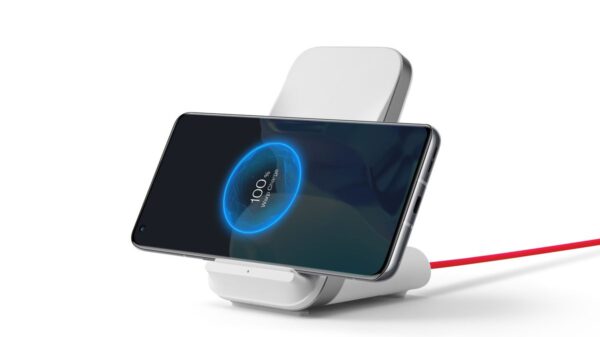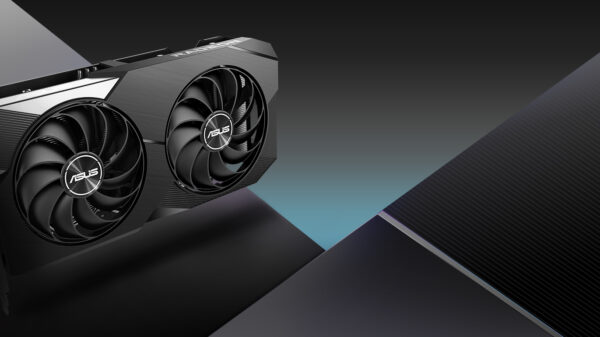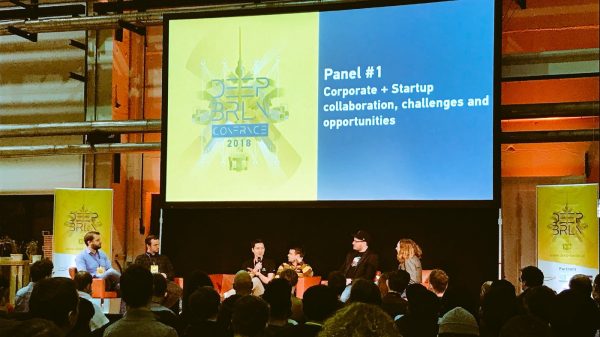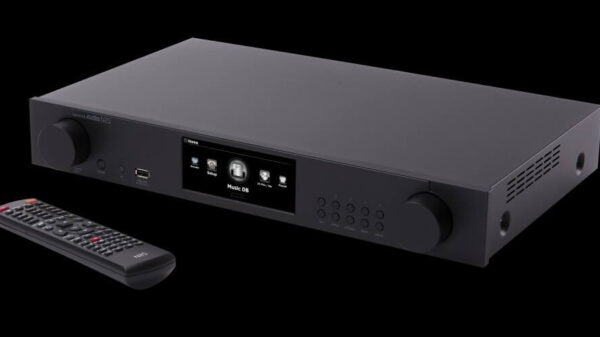Edge computing and fog computing have grown in popularity in the technical field but are often confused with each other. Professionals usually do not fully comprehend the facets of each to communicate them. There will be an overview of key differences to be discussed.
A few terms need to be clarified to better differentiate between edge and fog computing. By defining terms, it can better communicate the difference.
What exactly is edge computing?
Edge computing exists on the principle of eliminating the middle ground when delivering data. The location is vital, focusing on proximity to the source of data. This computing reduces the strain on the processing of the computer. Edge computing works to reduce the distance between the data and devices.
The edge is the intersection where the individual’s device meets the internet. Providers like SUSE offer products that help make edge computing as seamless as possible. A key note to understand is that the edge is always related to location and must be physically close to the device.
This particular type of computing avoids using the Cloud and other similar mega data servers to reduce the distance between the signal of the device and the server, which forces the data distribution to be done in a localized device.
Doing this cuts your need for interference from a Cloud or major data center, which can slow down your device. Edge computing is to be an alternative to relying on the Cloud.
Defining fog computing
Fog computing is another alternative to relying on the Cloud. The term refers to the facilitator of various processes that make computing off the Cloud and on a computer’s edge possible. Fog computing is necessary when minimal data needs to be sent to the Cloud.
Fog computing is a broader term that encompasses many other processes underneath. For example, any computing that brings the data from the Cloud to an accessible, local device is a type of fog computing.
The difference between fog computing and edge computing
As mentioned earlier, fog computing refers to all processes that bring the data to the Cloud. Edge processing is a means to bring information to the device’s edge, which designates edge computing as a category underneath fog computing that serves as an overarching umbrella.
Fog computing sets the framework for edge computing to even be possible. It creates the necessary boundaries that allow edge computing to thrive. The only focus of edge computing is data. However, fog computing encompasses not only sending the data, the proper mechanics in place, and the strength of the network to deliver the data.
There are different advantages to using fog computing to be less reliant on the Cloud infrastructure, including better security of personal data, diminishing the processing time of the device, and reducing bandwidth space.
Conclusion
Fog computing and edge computing have similarities but are not the same. Think of fog computing as the patriarch of the decentralized processing world. Edge computing is an offspring of that. Without fog computing, there is no edge computing.




































